into the depths of time and silence. interview with ingeborg entrop
Rait: Your background, what I remember from our talks behind Mardu kitchen table, is physics. Yet we've came to know you as an artist working with different layers of memory through sound recordings - how is that?
Ingeborg: I indeed studied physics and worked as a scientific researcher for several years. At that time I followed various drawing, painting or sculpting workshops on a regular basis, so the interest in arts was always there. At some point I decided that I wanted to know more, so I applied to an art school that offered a part time fine art program. There I discovered, among other things, that being an artist is more a way of life than having just another job. In any case, I quit my regular job after finishing art school to give room to develop my artistic practice. As you might expect, that practice is rather question-driven and research-based, due to my scientific background. So my approach is quite similar as before. With one big difference though. As a scientist I used to keep a distance between the object of research and myself as large as possible for the sake of objectivity. Now, working in the field of the arts, I experience much more freedom to include my own perspective, logic or method into my work.
Actually, my own position with respect to my surroundings, to nature, to the landscape, has become main topic in my practice. At some point I discovered that more and more works revolved around the issue of what it means to be somewhere. From that point onwards, I have started to investigate the landscape I live in more systematically. I chose to do that by means of field recordings, partly because my scientific training has rationalized my eyes too much, partly because I had already developed an interest in onomatopoeia, sounds and music. After the investigation of the contemporary landscape around Groningen, I started to wonder about the past landscape. And that is how I ended up recording in Soomaa.
Rait: As an artist you're familiar with painting. Or more precisely you've started your artist career as a painter. Yet today we see you in the middle of the process of rebuilding/restoring soundscapes of a once common landscape types in Holland – the bog. What it was that made you change the medium to work with and what gave you the impulse to come discover bogs?
Ingeborg: My practice is not really medium-specific, so the change was more a gradual shift than an abrupt turnaround. In a way you could even say I still paint, not with real paint but with sounds. The paintings I made were impressions of onomatopoeic words, so already sound-related. They were made of several transparent layers of paint. That transparency is a property that sound has as well. I think the biggest shift is in the degree of abstraction. The word-paintings were often rather abstract and unreadable, on the border between image and text. In contrast, my sound pieces are quite figurative, since I use easily recognizable, environmental sounds. For now I like the narrative aspect of that, but I can imagine that in the future I will develop my sound works to a more abstract level as well, from readable sound to abstract musical sound.
Main impulse to come discover bogs is curiosity: I wanted to hear the sounds that could be heard in my environment about 1000 years ago. At that time Groningen was still covered with intact raised bogs, and first people started the cultivation of those bogs. What would they have heard? Nowadays there is nothing left of that type of landscape in Groningen, or in the Netherlands, so I had to travel elsewhere to get an impression of those past sounds.
Rait: How did you imagine bog before seeing and hearing them here in Soomaa and if or what was the difference between imaginary and real life bog landscapes?
Ingeborg: Before I came to Soomaa I didn’t make an intensive study of bogs. I wanted to enter the bogs as green as possible, like the first people that entered the unknown bog landscape in Groningen 1000 years ago. Only after my first visit I started to read more about the flora and fauna of bogs and listen to sound recordings of other people. So I am not sure if I had a clear picture of a bog before seeing and hearing one. Now, after several visits, that imaginary picture would probably be clouded by real experience anyway.
Overall I doubt whether I could have been fully prepared for what I was going to see at my first visit. That was in February last year, after the snow had melted and winter had turned into a mild frost. It left an unforgettable impression. A bog in winter without snow is the most beautiful landscape I have ever seen until now..
Rait: What comes to your mind when hearing the expression "regilaul" or runo song?
Ingeborg: Transmission of a millenia old continium of knowledge by repetitive melodies and mysterious texts. Since I do not speak Estonian, a lot of their beauty, finesse, insights and wisdom remains completely hidden to me. Perhaps that is what I like about them so much. I will never ever be able to fully understand them. The only thing I can do is listen to them endlessly. (For thous, who have not heard any runo songs here is a sample by artist Maarja Nuut >>>)
Rait: What has artist Ingeborg Entrop learned from her last year trips and recordings?
Ingeborg: Bogs may be beautiful, they are also harsh, uninviting and impenetrable. I gained huge respect for the first people that once entered bogs to make a living. I discovered different keynotes of silence, the diversity among the different raised bogs and the variety of a bog landscape including forests, flood plains, rivers. I noticed that some bird species, common in Soomaa, are still to be found in Groningen, though some of them are rare. Considering the huge difference in landscape - cultural landscape versus protected bogs and forests - it shows an adaptive quality of nature that I find a hopeful prospect.
As for the underlying questions of the project about place and presence, I think that it is not so much the spatial but the temporal dimension that is paramount. Repetition and duration build memory. And memory transforms anonymity into familiarity, with respect to either physical space or a social group. In my view, that process is actually the basis of any folkloristic tradition. Interestingly, my observation so far is that folklore is much more acknowledged in Estonia than in the Netherlands. For sure this must have an influence on the societies in these countries.
Rait: And what has civilian or citizen Ingeborg Entrop learned from her trips and recordings to Soomaa and Estonia?
Ingeborg: I knew little about the history of the northeast corner of Europe, let alone of Estonia. In comparison with the Netherlands, history is a rather recent issue in Estonia. So apart from reading books, visiting museums, I could even listen to eye witnesses. It made me become aware of the huge variety in histories, thus reference frames, that are all united within one single EU. One aspect that struck me was that the opposition against the Soviet regime more or less started with protests against the opening of a mine that would endanger the environment. So care for the landscape provided a first lever that in the end lead to the freedom of its inhabitants. Apparently, the fate of landscape and its inhabitants may be much more intertwined than generally acknowledged.
Rait: Where and when can people hear your works recorded in Soomaa?
Ingeborg: I am still busy to process the huge amount of recordings, pictures and background literature I collected during my trips. The whole project started with the idea to make an elaborate sound piece as counterpart of an earlier piece that consists of field recordings in contemporary Groningen. As a first step to that, I started a few series of smaller works based on sounds, pictures and other sensory impressions. First pieces have been exhibited at a few art manifestations in the Netherlands. Since the work is about place and presence, about being somewhere, I often make listening environments, where I can add elements other than only sound (e.g. text, pictures etc). Right now I like this form of presentation in physical space. This of course limits the reach of the work, so I hope to be able to have the opportunity to show the work at a lot of different places. At some point also in Estonia.
---
Few side notes:
Rait: Four seasons and four trips to Estonia. What are the strongest emotions or memories you want to keep regarding these arrivals and farewells?
Ingeborg: I would like to keep all memories if possible… Among the most vivid: seeing a bog for the first time, listening to bog silence. Walk through the forest from Mardu to Öördi raba, being alone at Toonoja. A field of blooming Siberian irises. Mardu. The sound of the Estonian language ("Kahtleja" / "The one who hesitates" song by Kristjan Üksküla).
The videos in the Museum of Occupations.….
Rait: Three visions on Estonia before you came and three visions on Estonia now. Shortly. Straightforward and simple.
Ingeborg: Before: just another Baltic state on the map; far away country; unknown landscape.
Now: modern society with strong folkloristic roots; plenty of room to breathe; proud people and oak trees.
Rait: As an artist - to whom would you recommend Mardu as an artist residency.
Ingeborg: Anybody who likes to listen rather than speak.

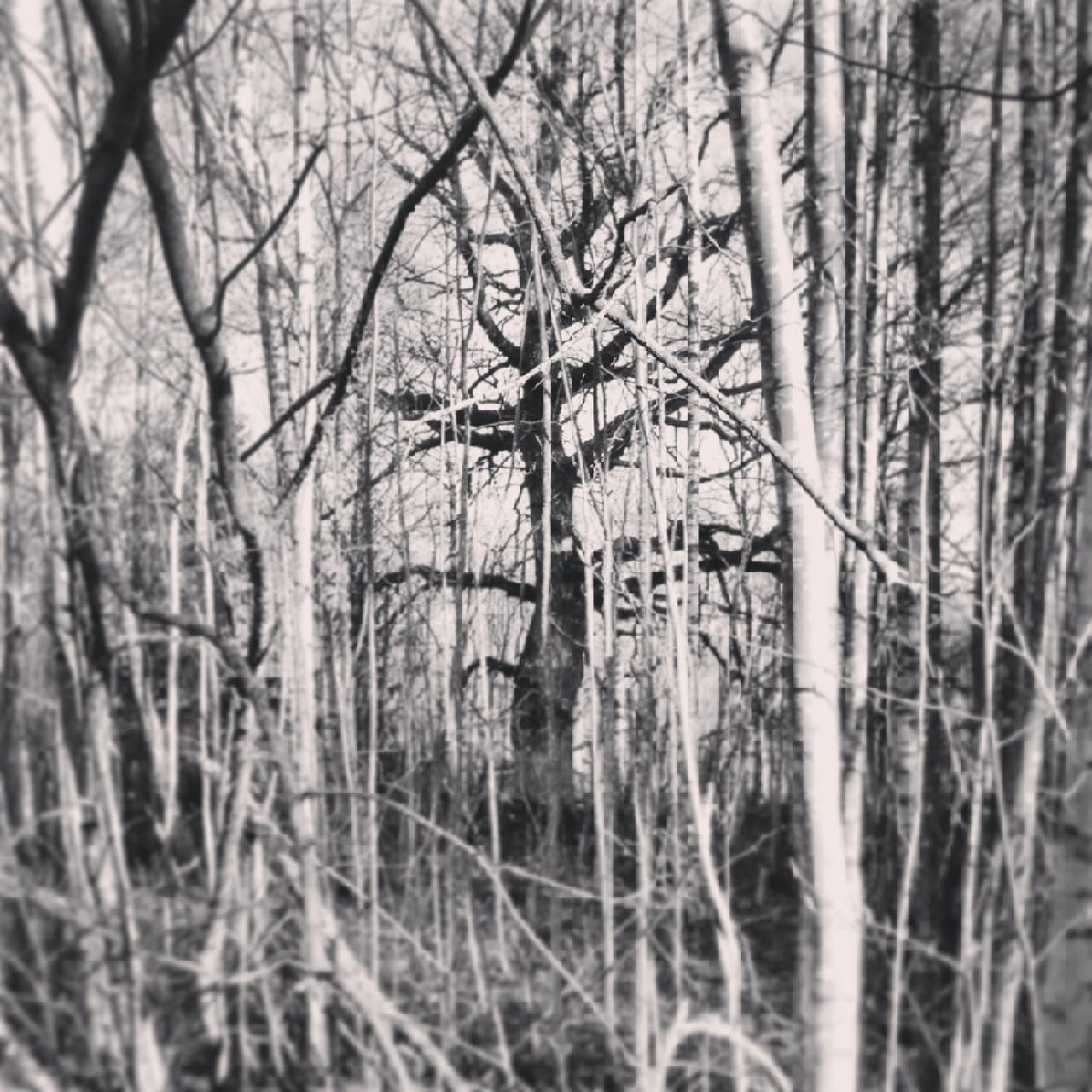
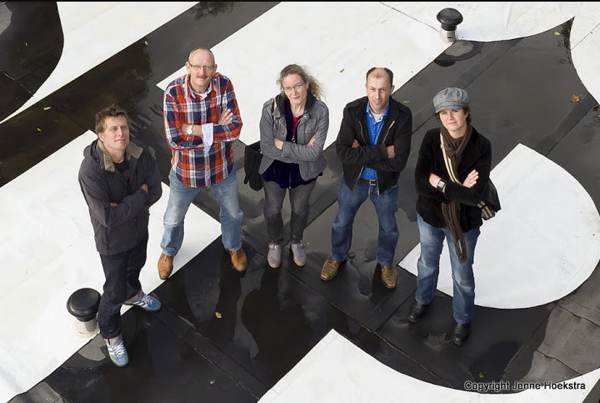
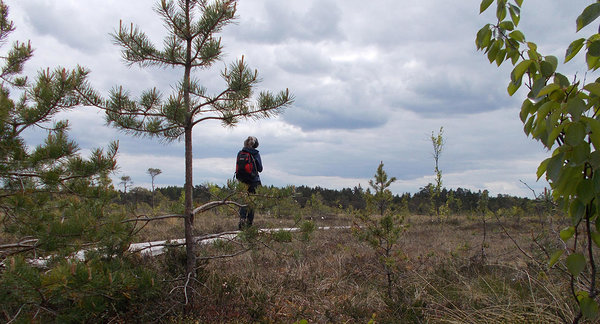
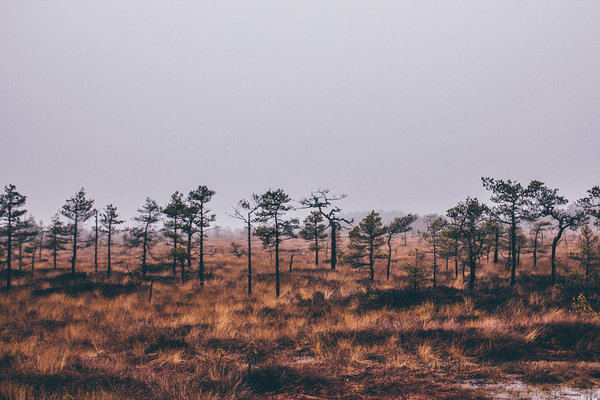
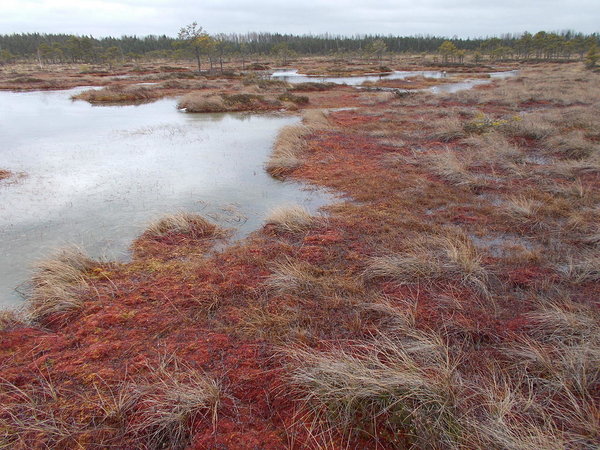
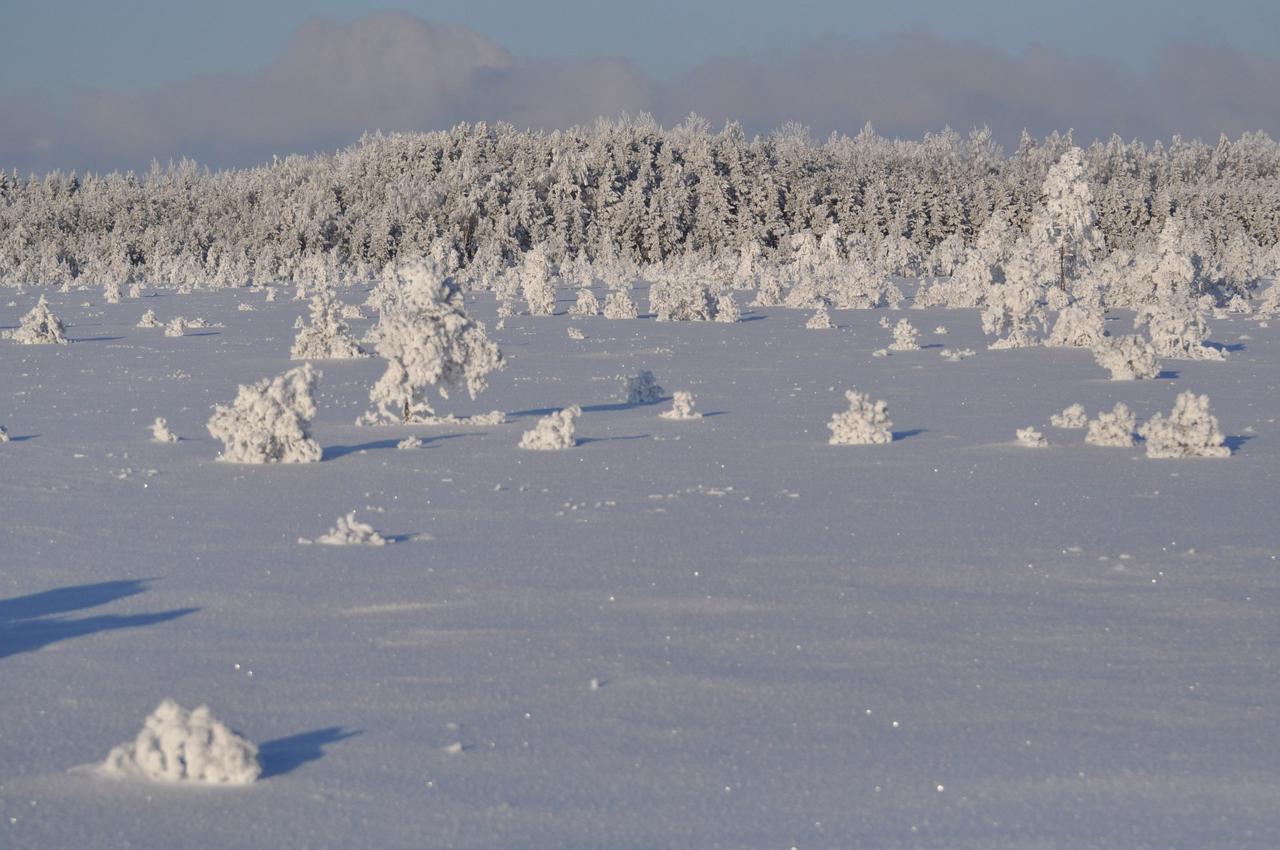
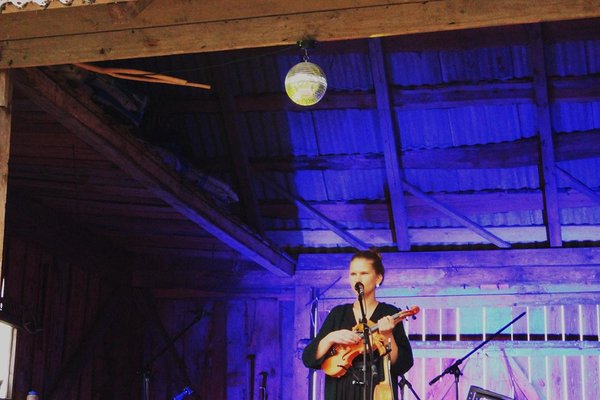

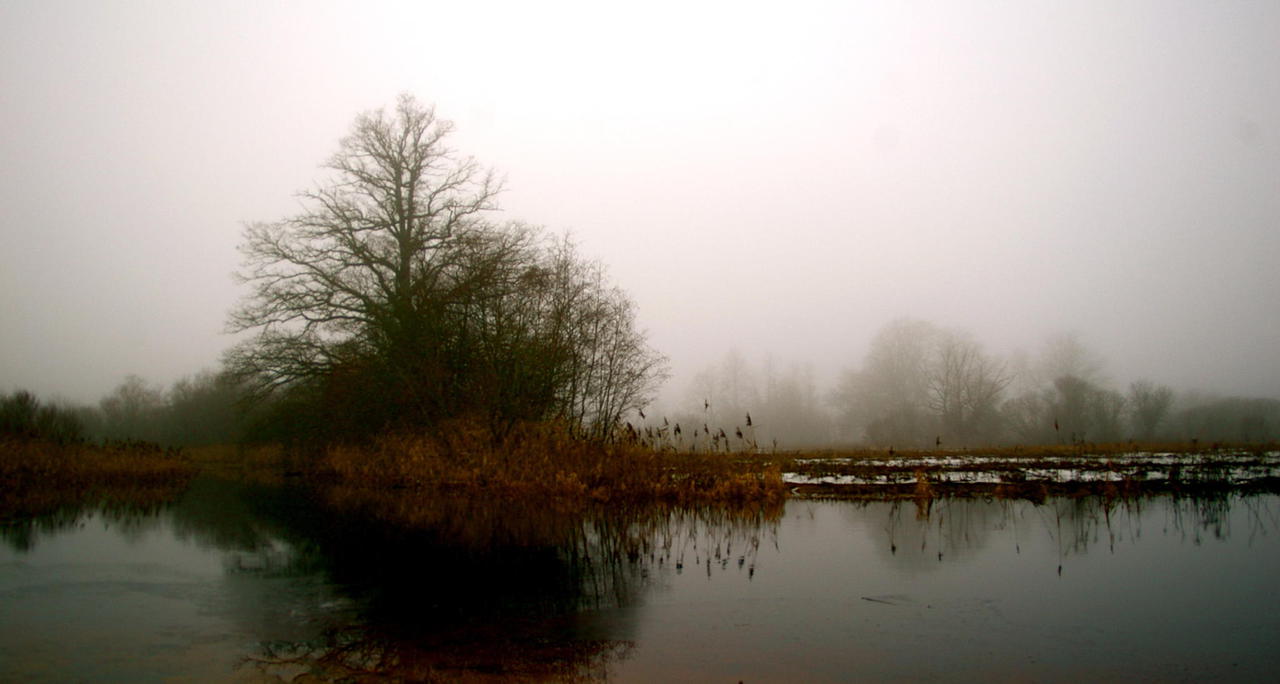
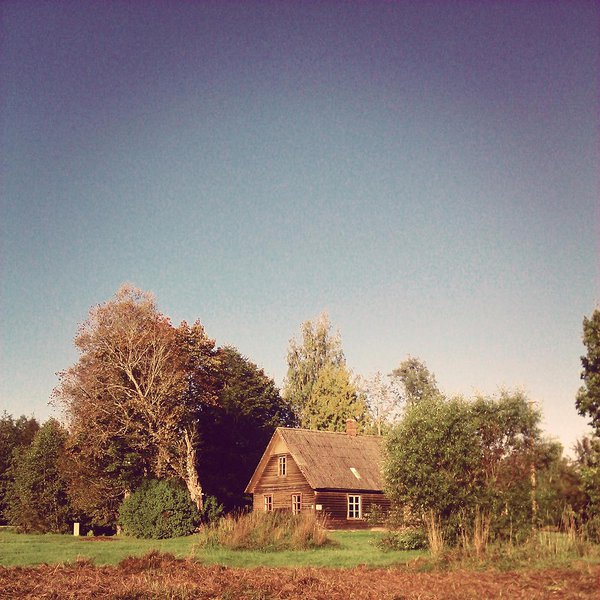
Add a comment